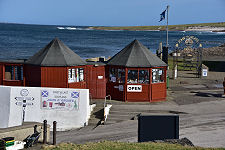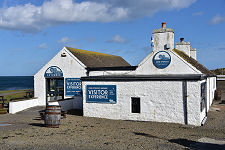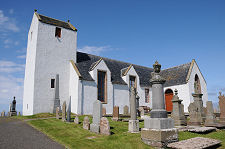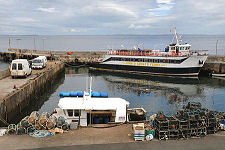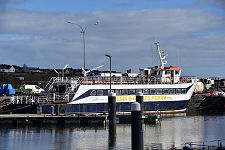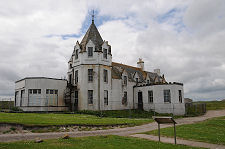 John o' Groats |
The sign above the harbour at John o' Groats says it's 874 miles from, or to, Land's End. And while Dunnet Head ten miles to the west, extends further north, and Duncansby Head, to the east, is probably a mile or two more distant from Land's End, John o' Groats is the place you start or finish if you want to cover the length of Britain playing hopscotch or pushing a pea with your nose. As a result it's attracted quite a following over the years.
Most of the guidebooks are unflattering about John o' Groats. It's always been a place that leaves you wondering what visitors who travel the length of Scotland - or the UK, or further - to reach it think when they arrive. Various editions of this feature have presented a mixed picture. Our most recent visit showed the redevelopment of the John o' Groats Hotel as part of a self catering complex was settling in and that John o' Groats is now home to both a brewery and a distillery. More significantly, perhaps, we visited in beautiful March sunlight, showing John o' Groats at its best. (Continues below image...)
 The Harbour at John o' Groats, with Orkney in the Distance |
The attractive harbour at John o' Groats is home in the summer months to the Pentland Venture, a ferry that carries foot passengers across the short distance to Orkney between May and September. Wildlife cruises are also on offer.
The harbour area forms just one part of John o' Groats. A third of a mile south, the junction between the A99 from Wick and the A836 to Thurso provides a focus for another part of the settlement, and here you find a choice of accommodation on offer including the Seaview Hotel. Meanwhile, if you look just a little more widely, Duncansby Head, a little under two miles to the east, is well worth visiting.
John o' Groats is named after a Dutchman, Jan de Groot. In 1496 King James IV granted De Groot the ferry franchise between the harbour here and Orkney, which was at the time still a relatively new acquisition by Scotland. It has been suggested that De Groot gave his name to the silver coin, the Groat, as this was the level at which his fares were fixed by the authorities to curb his efforts to cash in on his franchise. The truth is that groats as coins predate De Groot by the better part of two centuries. De Groot started the development of the area around the harbour, building a house, reputedly octagonal, and located not far from the hotel.
Whether he chose this shape to provide better protection from the elements, or to ensure, as one story would have it, that every guest at his octagonal dining table could believe themselves to be sitting at its head, is debatable. Either way, it is interesting to see the shape reflected in parts of the design of the John o' Groats Hotel. De Groot's gravestone, known as the John De Groat Stone, can be seen in the vestibule of Canisbay Kirk, two miles to the west.
 Another View of the Self Catering Complex |

|
|
|
Visitor InformationView Location on MapWhat3Words Location: ///herds.glides.compiler |
 John o' Groats Trail |
 Cafe Groats |
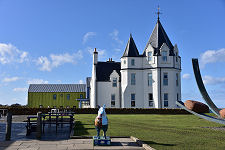 Another View of the Old Hotel |
 8 Doors Distillery |
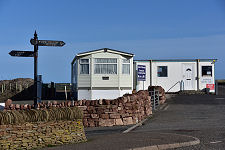 Campsite and Caravan Park |
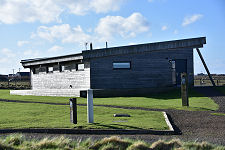 One of the Self Catering Lodges |
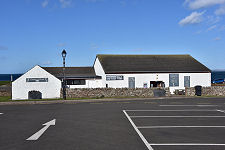 John o' Groats Knitwear |
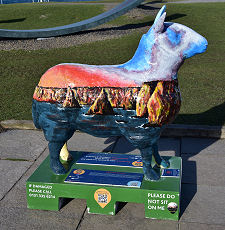 A Themed Sheep |
